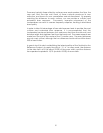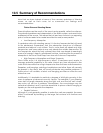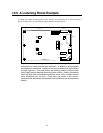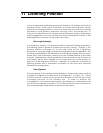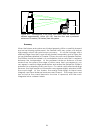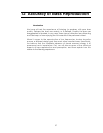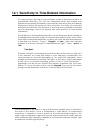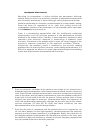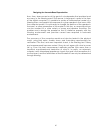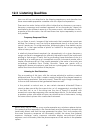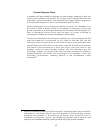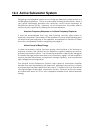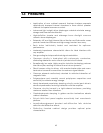
59
12.2 Measurements of Audio Equipment
It should be recognized that measurements are not the final arbiter of sound
quality of audio components. Often times a measurement standard has
evolved because it is easily performed, or because it is easily repeatable, or it
has shown some link to certain audible characteristics. Unquestionably, it is
the latter criterion which is the most important one. After all, the listener is not
concerned with how a piece of audio equipment measures, he is only
concerned with the faithful recreation of the original musical event.
On the other hand, measurement techniques that correspond to audible
effects are an invaluable tool to the designer. However, it is the degree of
correlation with the subjective experience which is important, and anechoic
bass response does not have a high correlation with musical accuracy in the
listening room. In-room frequency response and transient accuracy are both
significant factors in determining subjective quality. Nevertheless, anechoic
frequency response is by far the most prevalent measurement used to
characterize speakers.
A Correlation with Amplifier Measurements
A striking parallel exists in the measurement of audio amplifiers. The power
output and distortion of an amplifier is invariably measured into an eight-ohm
resistor. It is widely acknowledged that this standard is far removed from the
actual conditions in which the amplifier will be used. One doesn't listen to
resistors, one listens to loudspeakers, and the load that the speaker presents to
the amplifier is nearly always highly reactive (varies with frequency). The
eight-ohm resistive load has developed as a standard because it somewhat
approximates a speaker load, is easily reproducible by different testing
facilities, and it represents something of a lowest common denominator. That
is, while everybody recognizes that a different load should be used for
amplifier testing, nobody can agree as to what that alternative should be.
2
In the last decade, there has been a growing awareness of the importance of
an amplifier's capability to drive a real-world loudspeaker. This is the reason
we have seen the emergence of amplifiers with high current output
capabilities, and a lack of current-limiting or similar protection circuitry. The
ability to drive reactive loads has been accepted as having a higher
correlation with audible qualities than the traditional measurement into a
load resistor.
2
The cynic will also note that a resistive test load produces the most impressive
measurements for use in advertisements.



